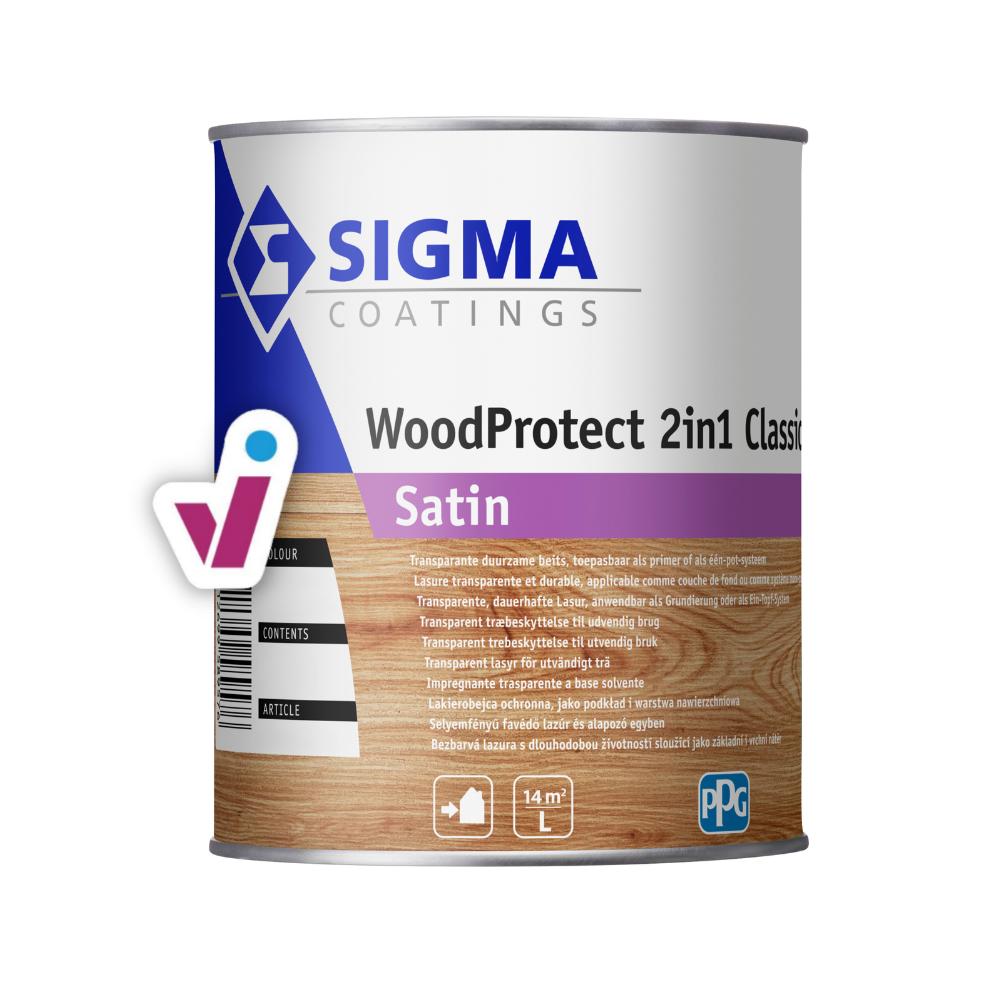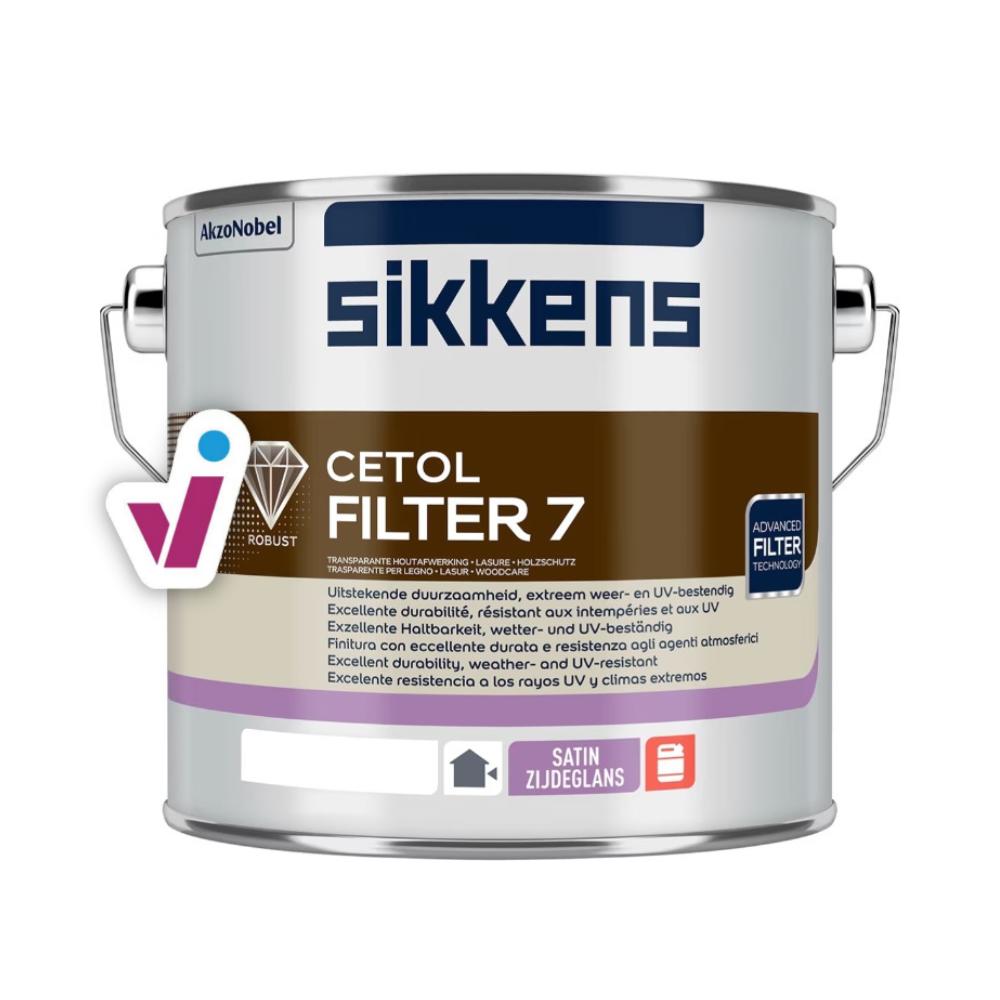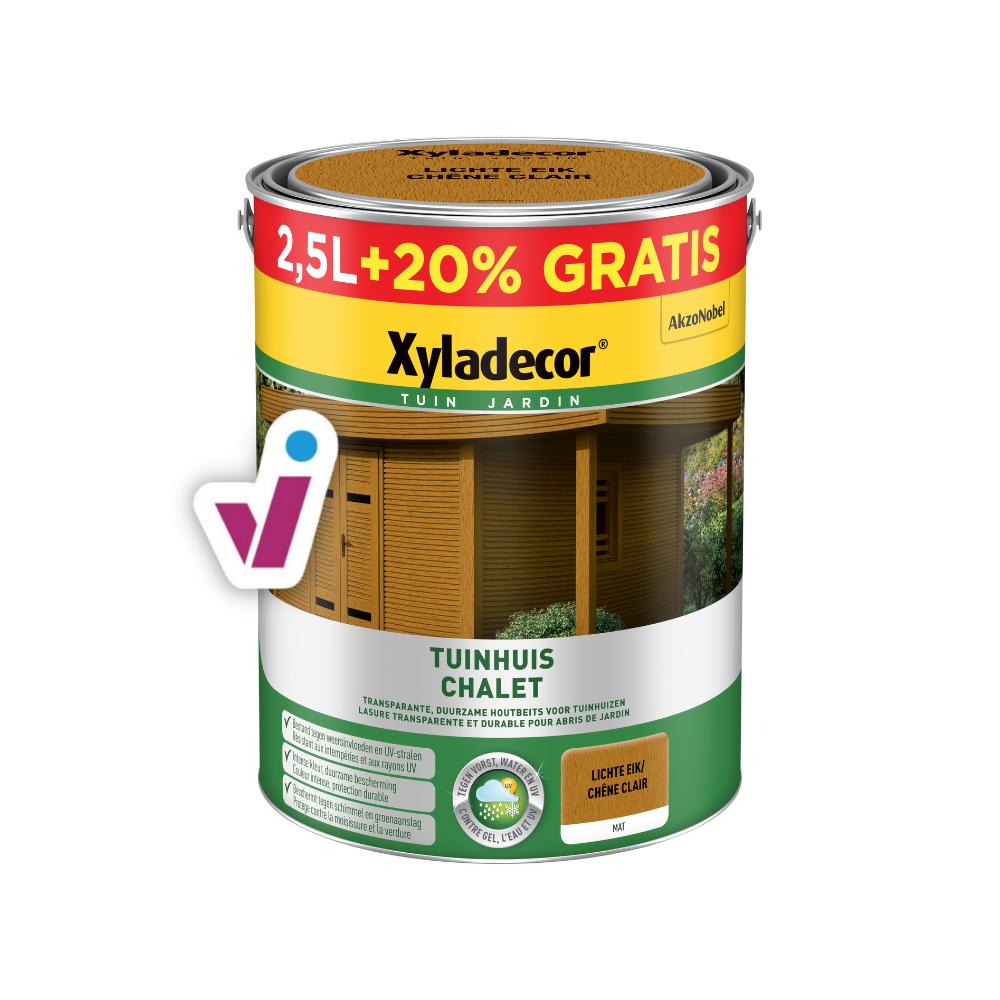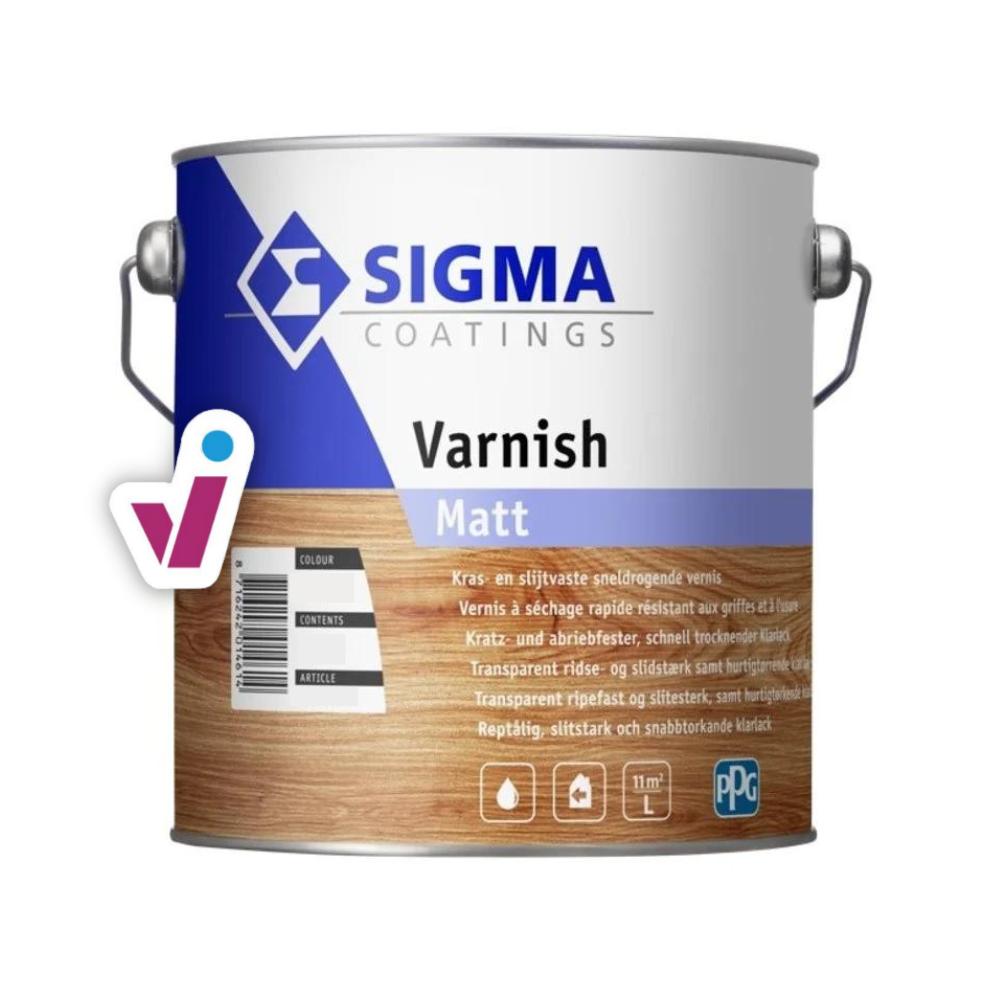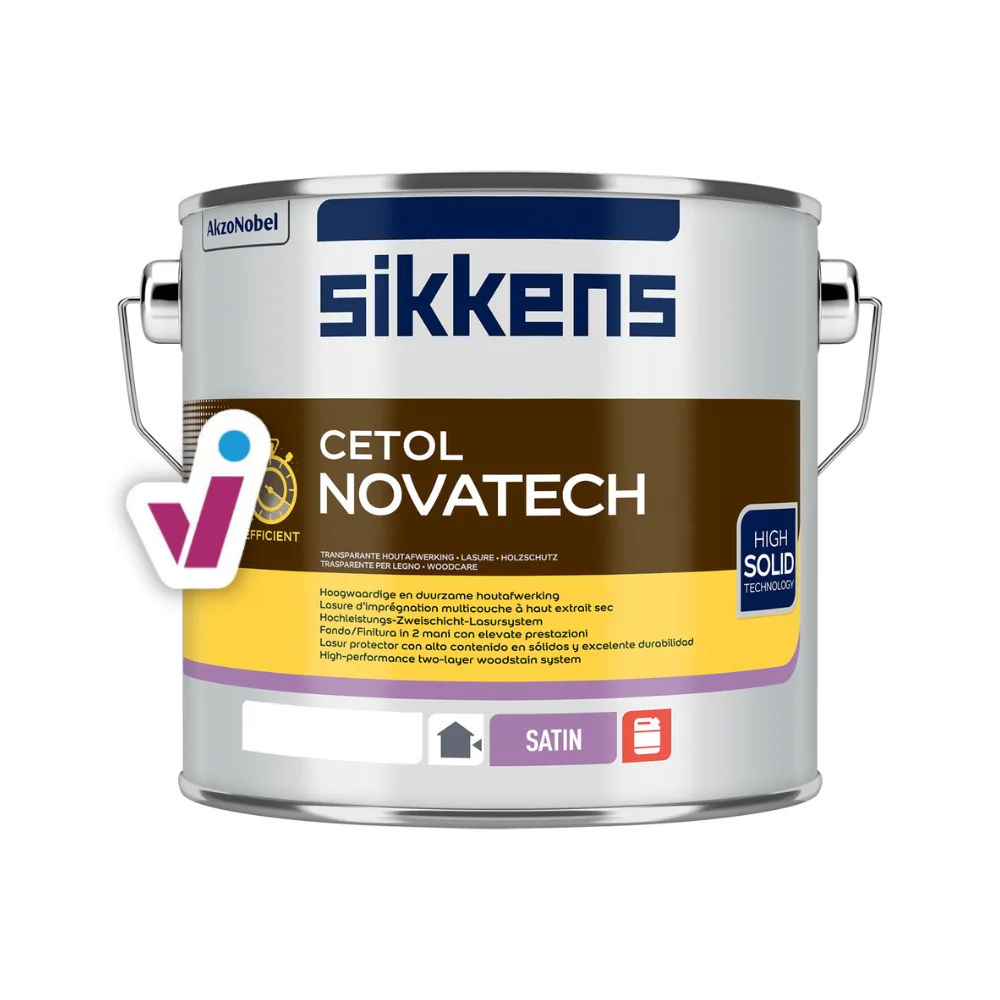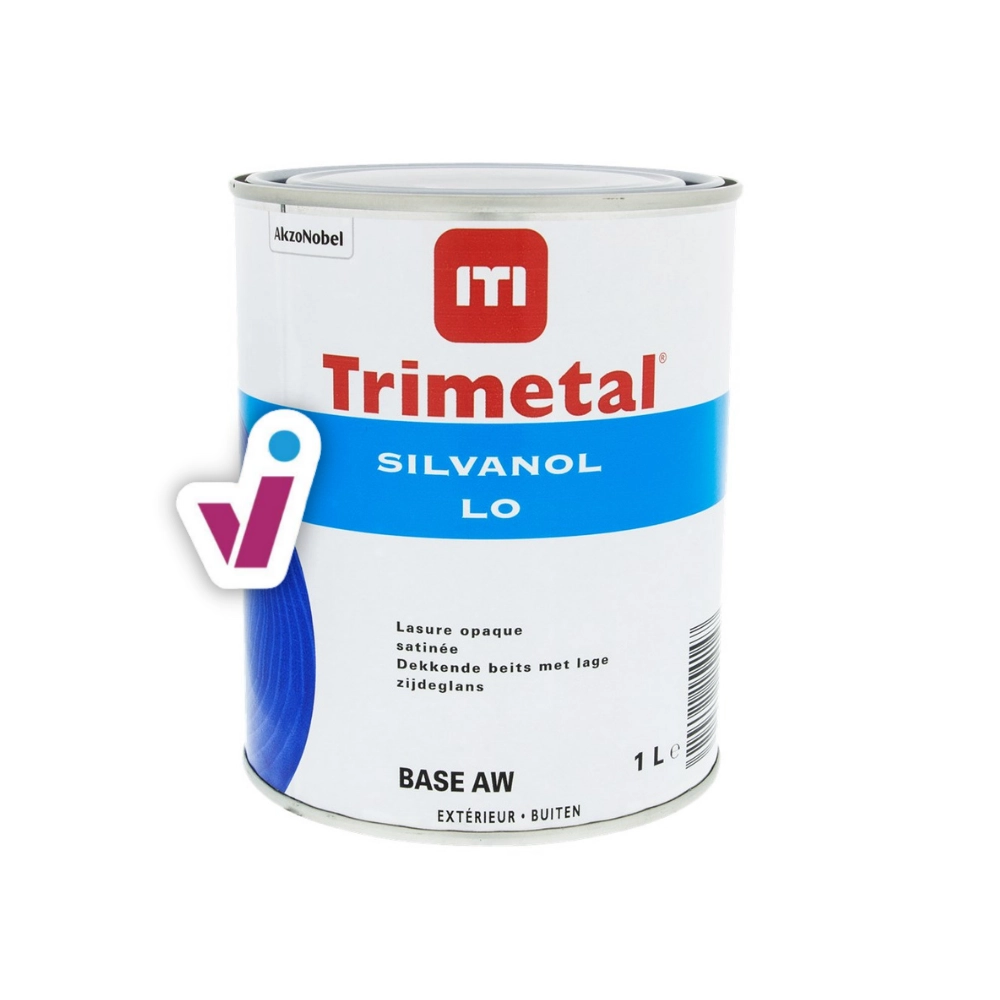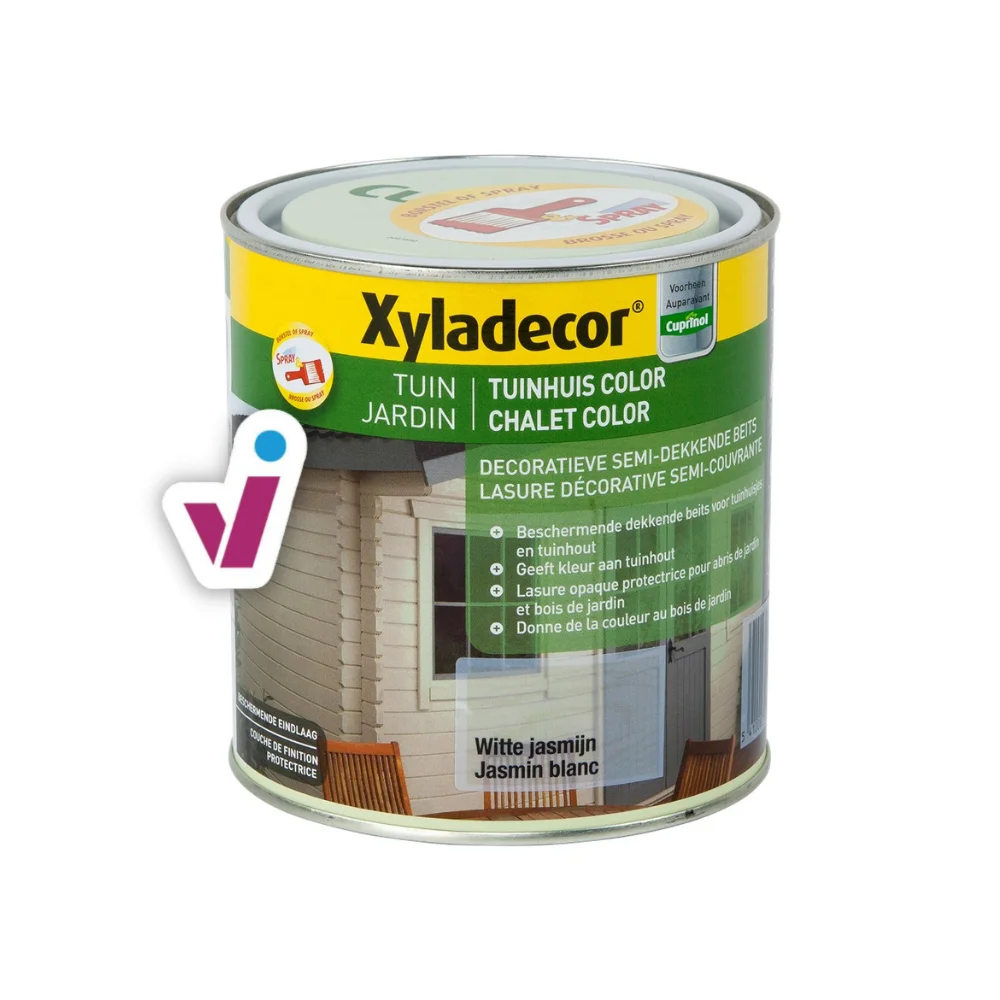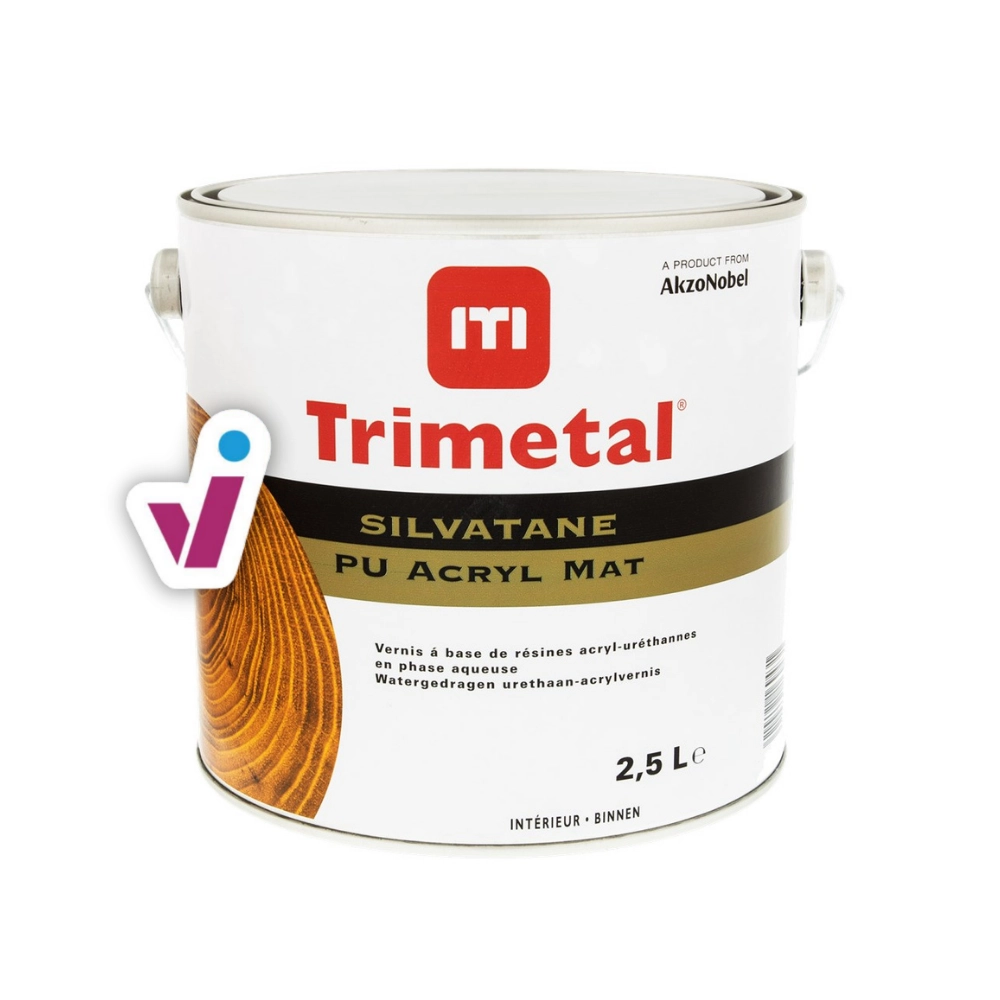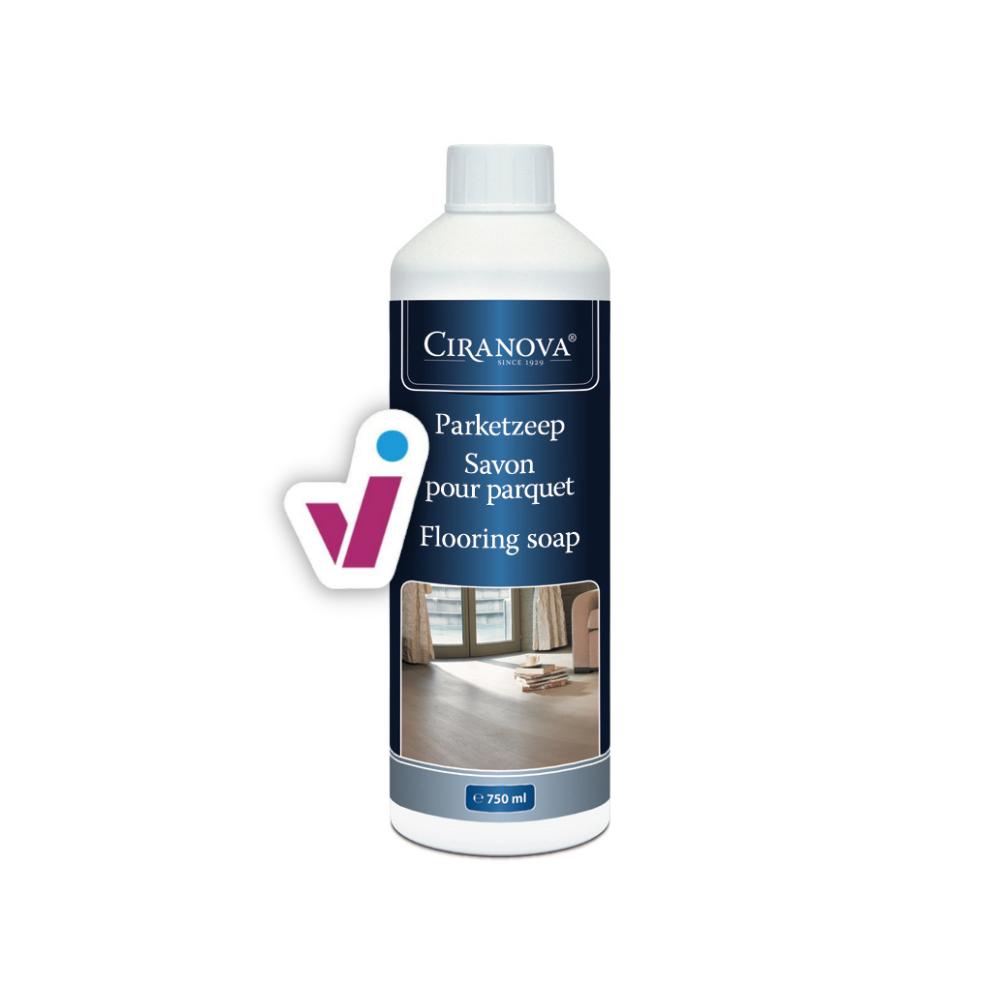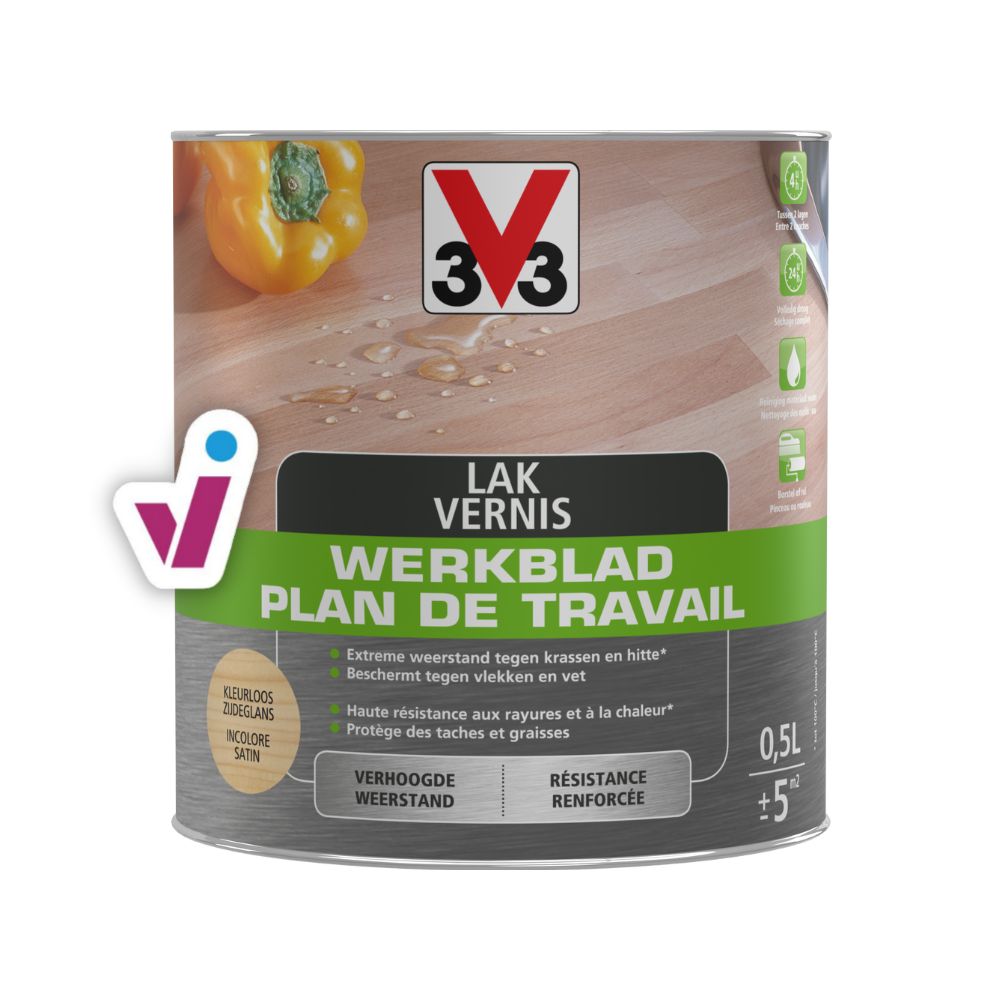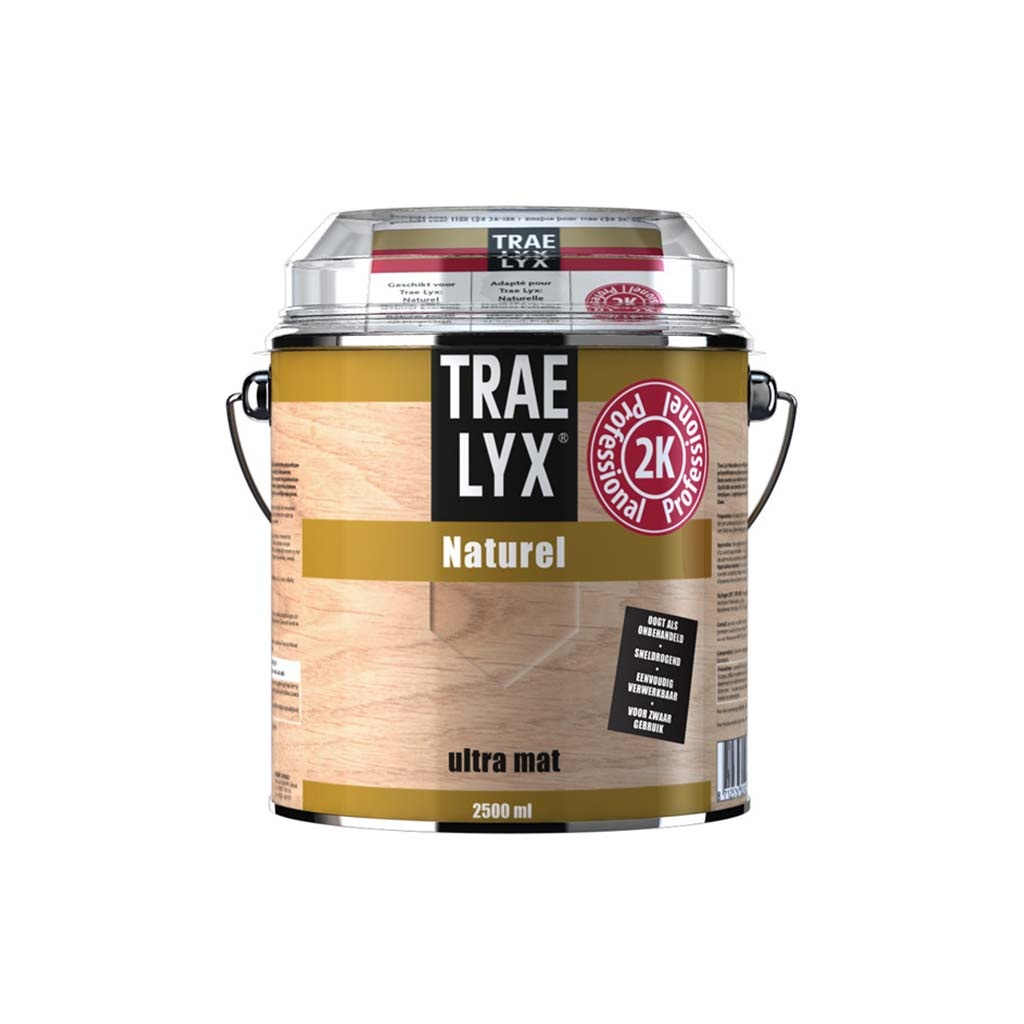Varnish, wood oil and wood stain
Looking for the best products to make your wood stand out, or to give it the best possible care? Then you'll find what you need in our broad wood care range.
How do I know if I need varnish, wood oil or wood stain?
Not sure which type of product to pick? Here are the main differences, briefly explained:
- Varnish forms a hard, protective layer on the wood, protecting it from scratches and moisture, but preventing the wood from breathing. Most varnishes are not suitable to use outdoors.
- Stains penetrate the wood and protect it from the inside while leaving the structure visible. They can be either opaque or transparent. Colourless stains exist as well, but they're not recommended as the protection actually comes from the pigments added.
- Oil nourishes the wood, protects it from the inside without forming a film, and preserves the natural look and feel of the wood.
Popular categories
Find the right product for wood indoors or outdoors
⭐ Quick choices:
Need more inspiration? 💡
Take a look at our paint project pages, where you'll find ideas, colour inspiration, how-to guides and much more.
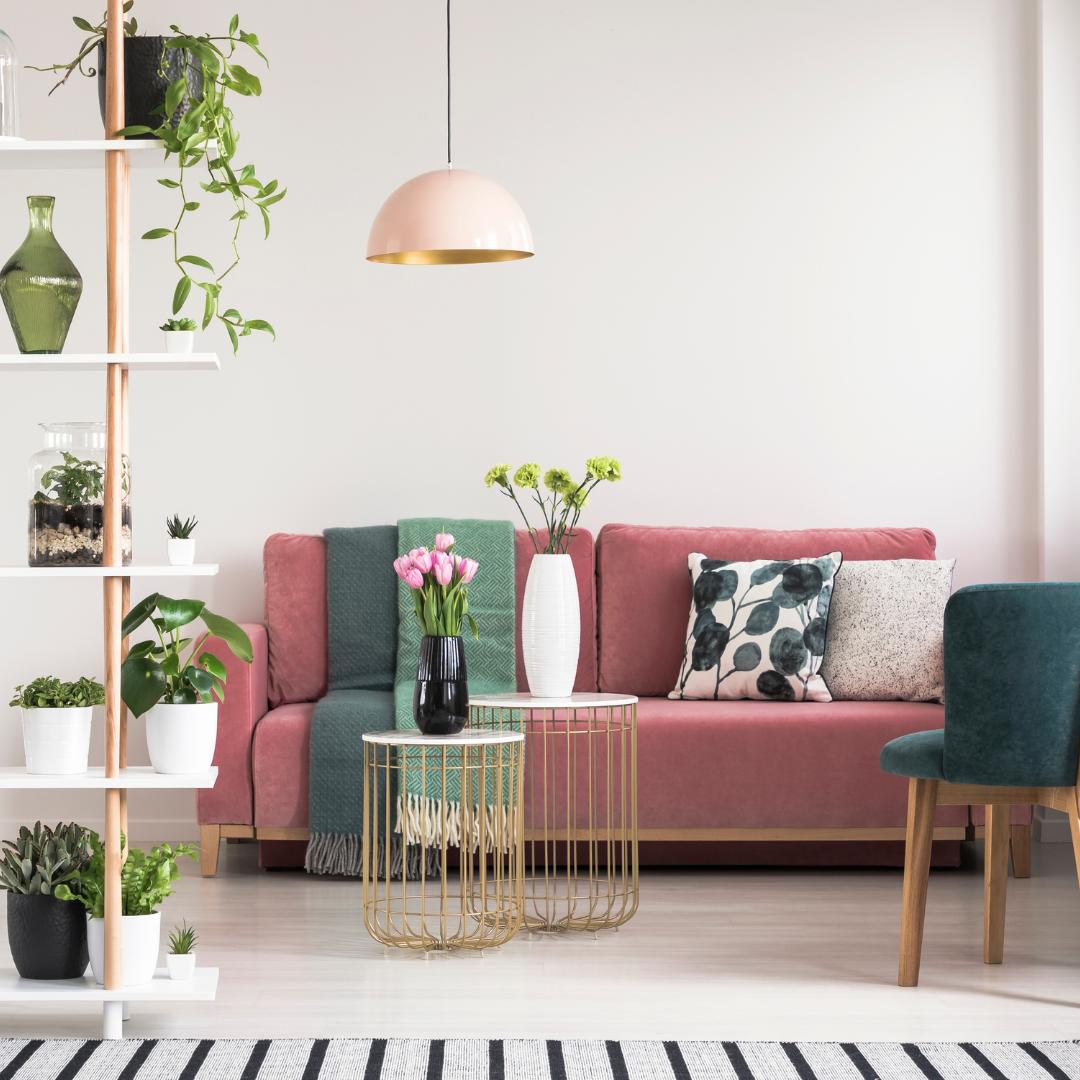
The living room
Anything you need to know about painting the walls and ceiling, treating a hardwood floor, and much more.
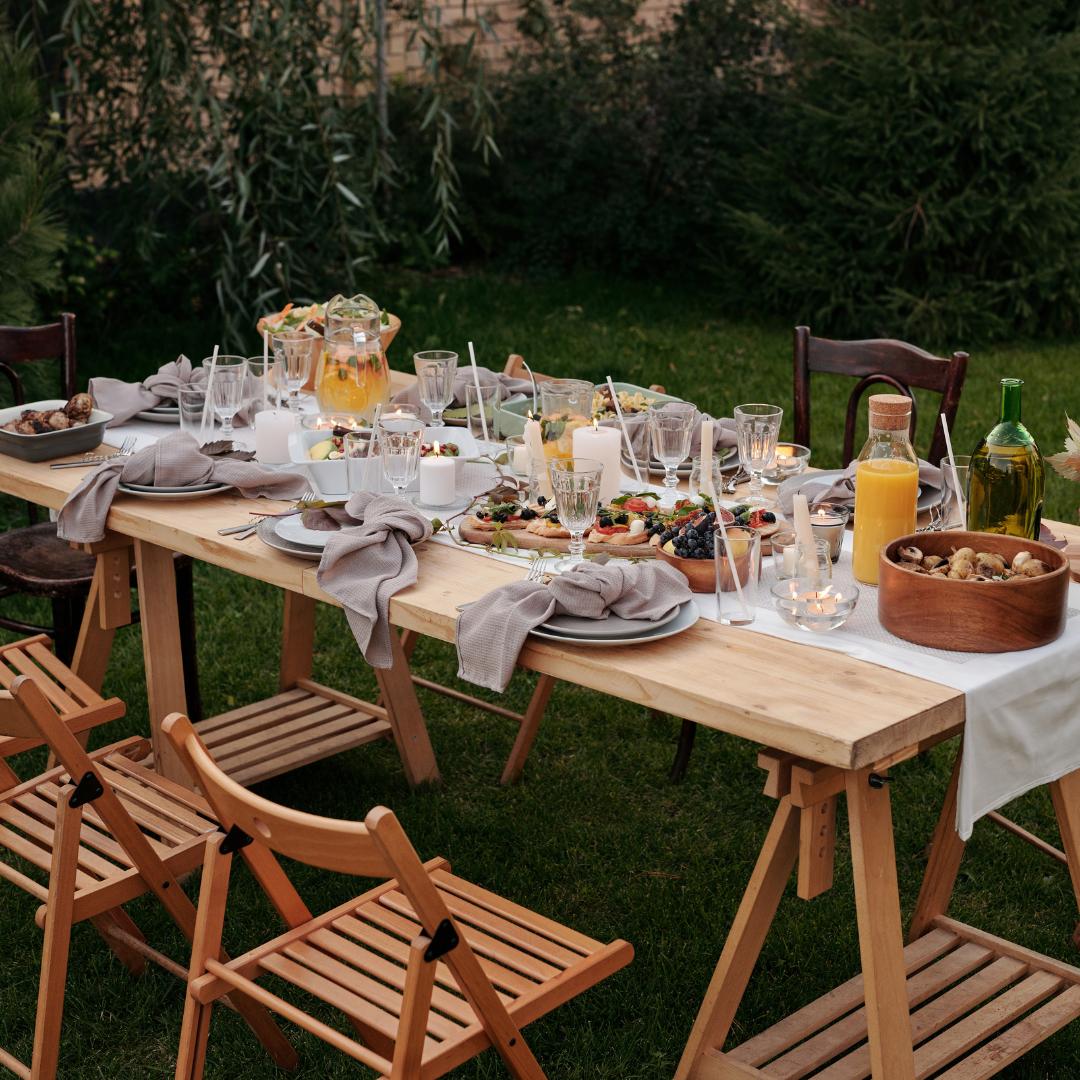
Around the garden
From simply refreshing garden furniture to painting the garden shed. Here's everything you need to know!
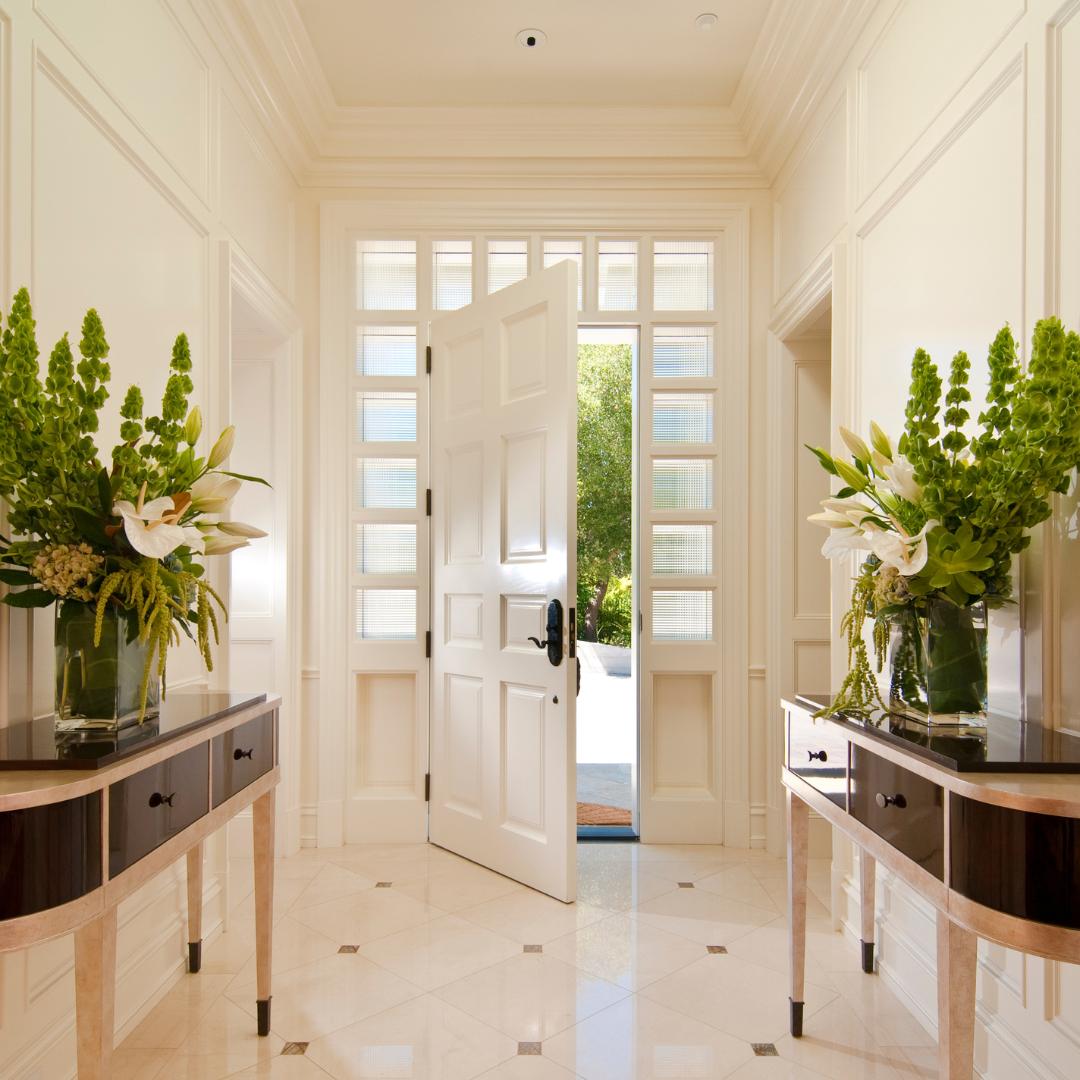
The hallway
From the front door and window, up to the stairs. Everything you need to know to paint your hallway.


